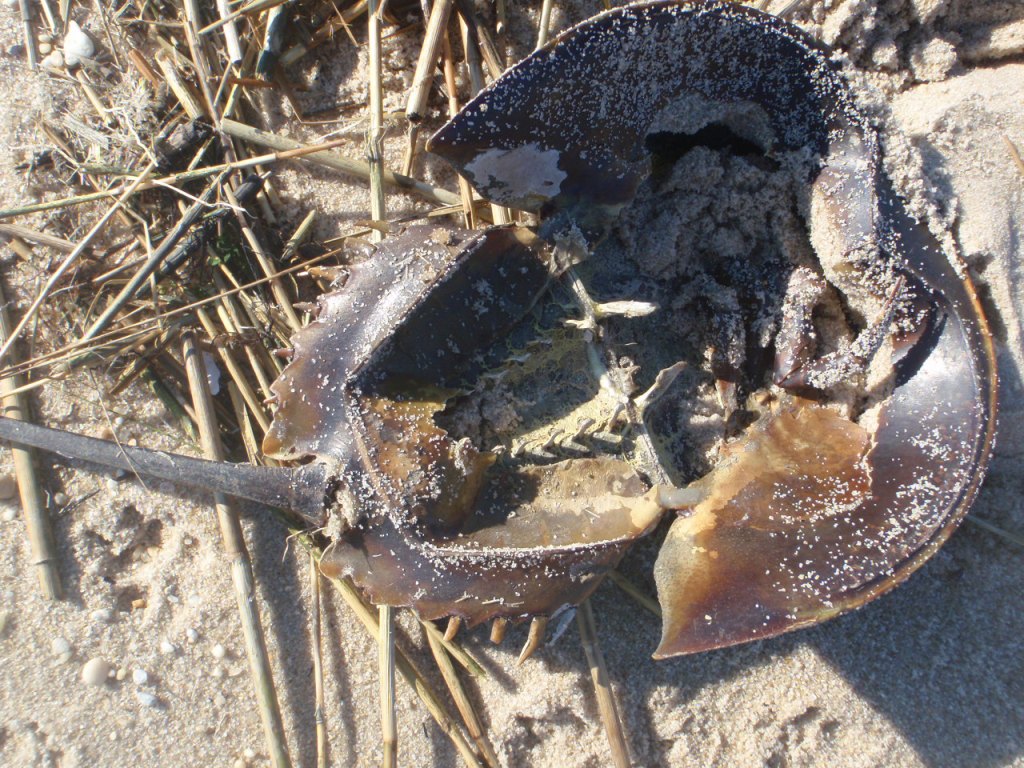Thoughts while waiting for the light to return.....
Nature is the concrete stuff around us, in us, of us. Our children do not know this because we do not know it ourselves, so we do not teach this.
If we knew (and made a deliberate effort to remain conscious of what we know) our relationship with the natural world, we would change in ways that would make us happier. But that's never been the point of public education, no matter how much we pretend otherwise.
***
Our deepest selves, in the literal sense, take in molecules from this concrete world with each breath--our skin is a holey border revered by our sense of self, an ego that believes we are something separate from this stuff around us--but every living cell needs to interact with the world beyond ourselves or else it will die.
When we bleed, we mourn the tear in our border, but not the thousands of white blood cells, of us, writhing in a drop of blood that falls from a pricked finger into the rich earth of the garden. A few bacteria may be caught in the unseen drama before our cells ultimately lose the fight, themselves consumed by life unseen in the dirt.
While the story is abstract, the reality is not.
We are holey, we are not one.
***
Living (for most critters on this planet), means doing the things you need to do to get the stuff and energy required to keep your pieces together in some sort of organized way that lets you stay alive. While your physical being (a cell, a body, a colony, whatever) eventually crumbles, this living process called life continues through generations, life that is as much a part of you eons ago as it may be eons from now. We all share this with all other living things, reason enough to rejoice.
As we crumble and rebuild, crumble and rebuild, it becomes obvious that you and me are put together from stuff outside of our holy selves. Plants knit together the carbon, and we take it from there. What is not as obvious is that we are crumbling and rebuilding moment by moment, so that the stuff of you today is hardly the stuff of you just a few years ago, stuff that was once part of the nonliving, stuff of the dead, stuff of the still living.
We are holy, we are one.
***
The stuff we have here on Earth doesn't change much day to day--we get a few hundred tons of space dust every day, and we're losing hundreds of tons of hydrogen gas at the same time, but neither has much to do with day to day living here on Earth.
We are literally recycled stuff, bits and pieces put together in orderly fashion through the living before us, using the grace of free energy released by the sun.
We live (and die) by cycles, the cycles of stuff, and the cycles of seasons (which ultimately depend on the waxing and waning of available sunlight.
The great religions, at their best, have shared these truths with us for thousands of years. Science is starting to get there now, after a dark period of reductionist thought that still dominates our thinking in the western world.
So take a breath--feel the oxygen enter your lungs, imagine it coursing through your arteries to your cells, know that it will be transformed to water as it rejoins protons and electrons stripped from water by a plant not so long ago.
Eat an orange--feel the food surge down your esophagus, to be broken down into tinier and tinier bits, ultimately reduced to the carbon dioxide you breathe out, and to the protons and electrons that will join the oxygen you just took in.
Reason enough to say grace to the stuff, to the light, to us, to everything we call "stuff."
Photos by Leslie (sludge pile, sunset) and me (hops, shell)

























































